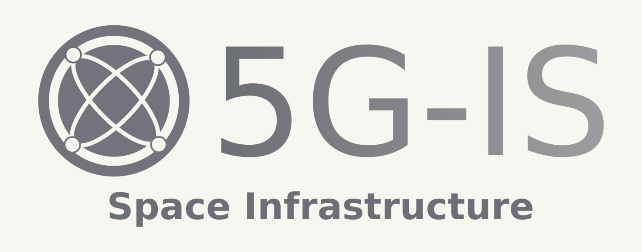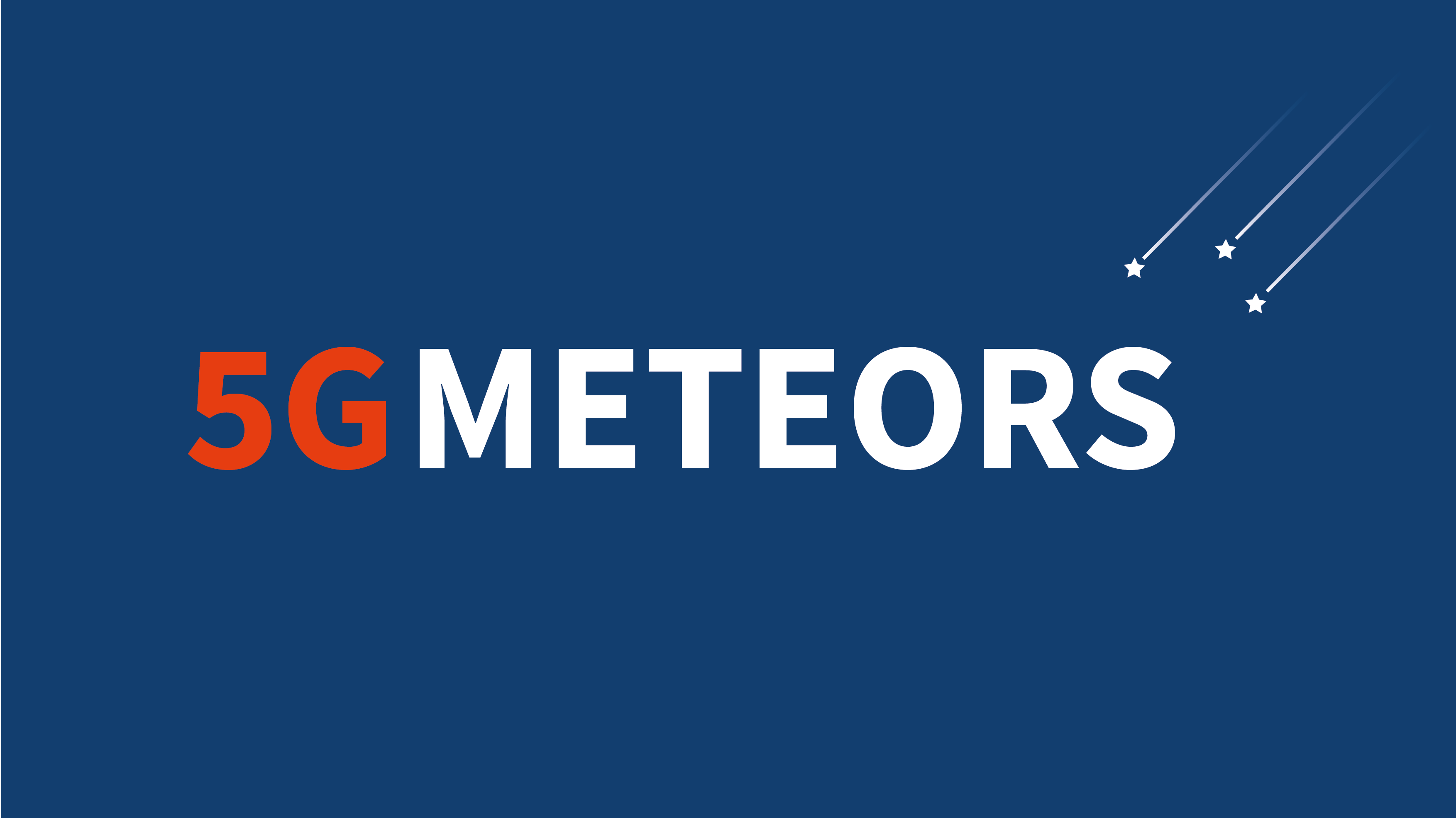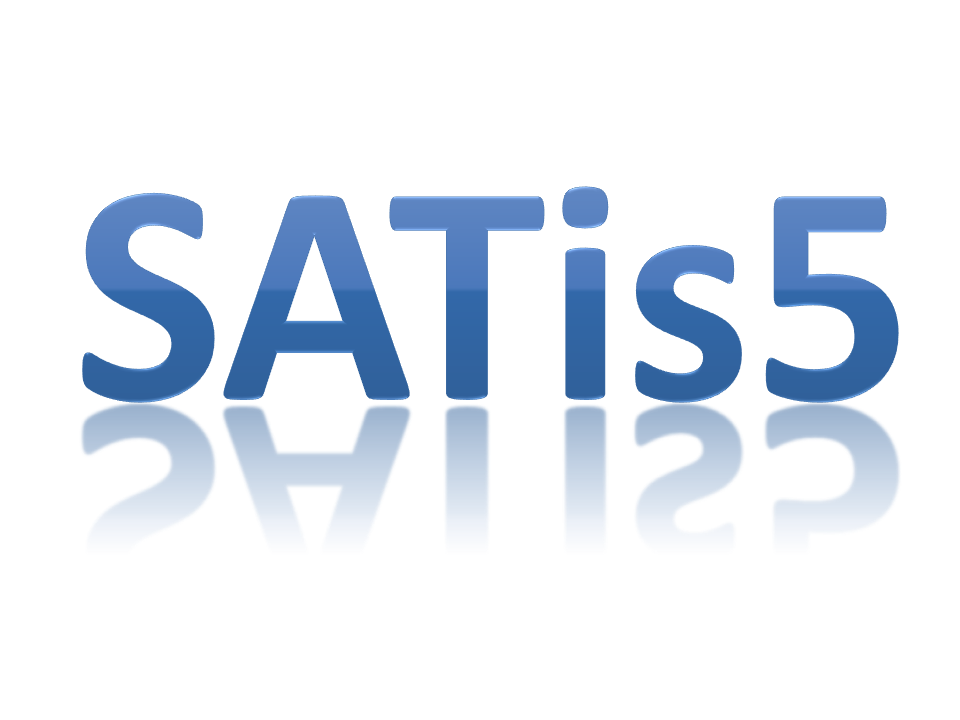5G-GOA develops and implements the necessary modifications in the 5G New Radio standard to enable the direct radio access of terrestrial communication networks via satellite, a 5G RAN via satellite closely following the 3GPP Work Item on Non-Terrestrial-Networks. The hardware and software development relies on and uses existing technologies, hardware and software components already available from the open source project OpenAirInterface™ for the prototyping of 5G terrestrial systems. Our solution is directly based on 3GPP discussions and results and covers physical layer techniques (e.g. synchronisation) up to specific protocols and upper layer implementations (e.g., timers and random access procedure) of the radio access network, as needed. 5G-GOA focuses on geostationary satellite systems.
5G-GOA produces a hardware and software prototype, consisting of at least two user terminals and a gNodeB base station to verify bi-directional end-to-end communications. 5G-GOA plans to demonstrate the solution live, using the developed terminals and the modified 5G base-station connected via a direct satellite link, in addition to performing realistic tests in lab environment as well by using an advanced propagation channel emulator.
In summary, 5G-GOA develops and delivers a gNodeB (gNB) based gateway and the User Equipment (UE) compliant with the 5G New Radio standard release 17 or later for demonstrating the direct radio access connectivity in Non-Terrestrial Networks (NTN).
Importantly, our approach of using the OpenAirInterface™ software framework with custom off the shelf hardware equipment is motivated by that we believe that by extending an open source solution with an existing user community will help maximising reuse of the results and achieving a broad impact.







